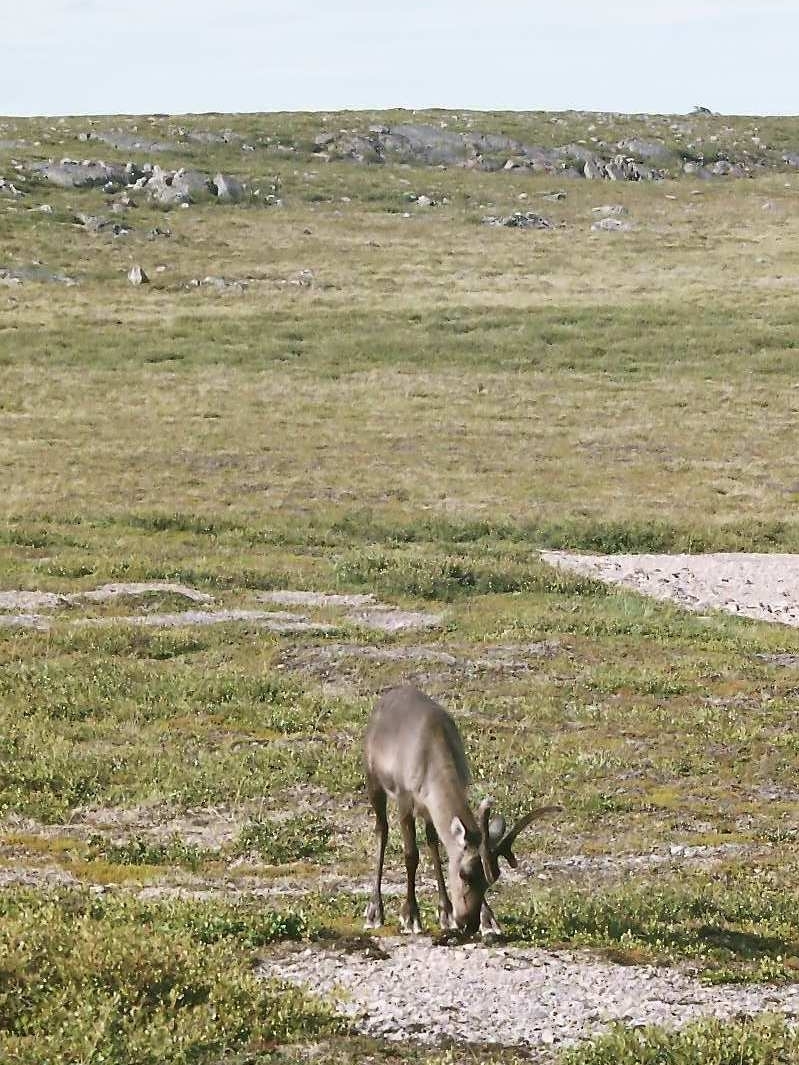Caribou the missing piece of arctic warming puzzle
April 30, 2013
Share
In the first study of its type in
Caribou grazing has not previously been recognized as a key component to controlling tundra plant growth and therefore has been left out of models that project changes in arctic ecosystems and arctic warming.
 Caribou browsing helps keep the arctic cooler.
Caribou browsing helps keep the arctic cooler.“Even at low population sizes, caribou restrict tundra plant growth, which indirectly may help restrict climate warming,” says Queen’s University PhD candidate Tara Zamin (Biology). “Plant growth has been increasing in the arctic tundra over the past several decades. These changes in plant biomass could increase climate warming by increasing the amount of heat absorbed by the earth’s surface.”
Ms Zamin studied the impacts of the
“What is particularly noteworthy about these results is that, despite recent declines and low populations, caribou remain an integral part of tundra ecosystem functioning. This means that effective caribou conservation is not only critical to the subsistence needs and cultural identity of northerners, it is key to understanding potential climate change impacts,” says Ms Zamin.
The next step in her research is to incorporate this new data into vegetation projections for the Canadian arctic.
The research was published in a recent edition of the Journal of Ecology.